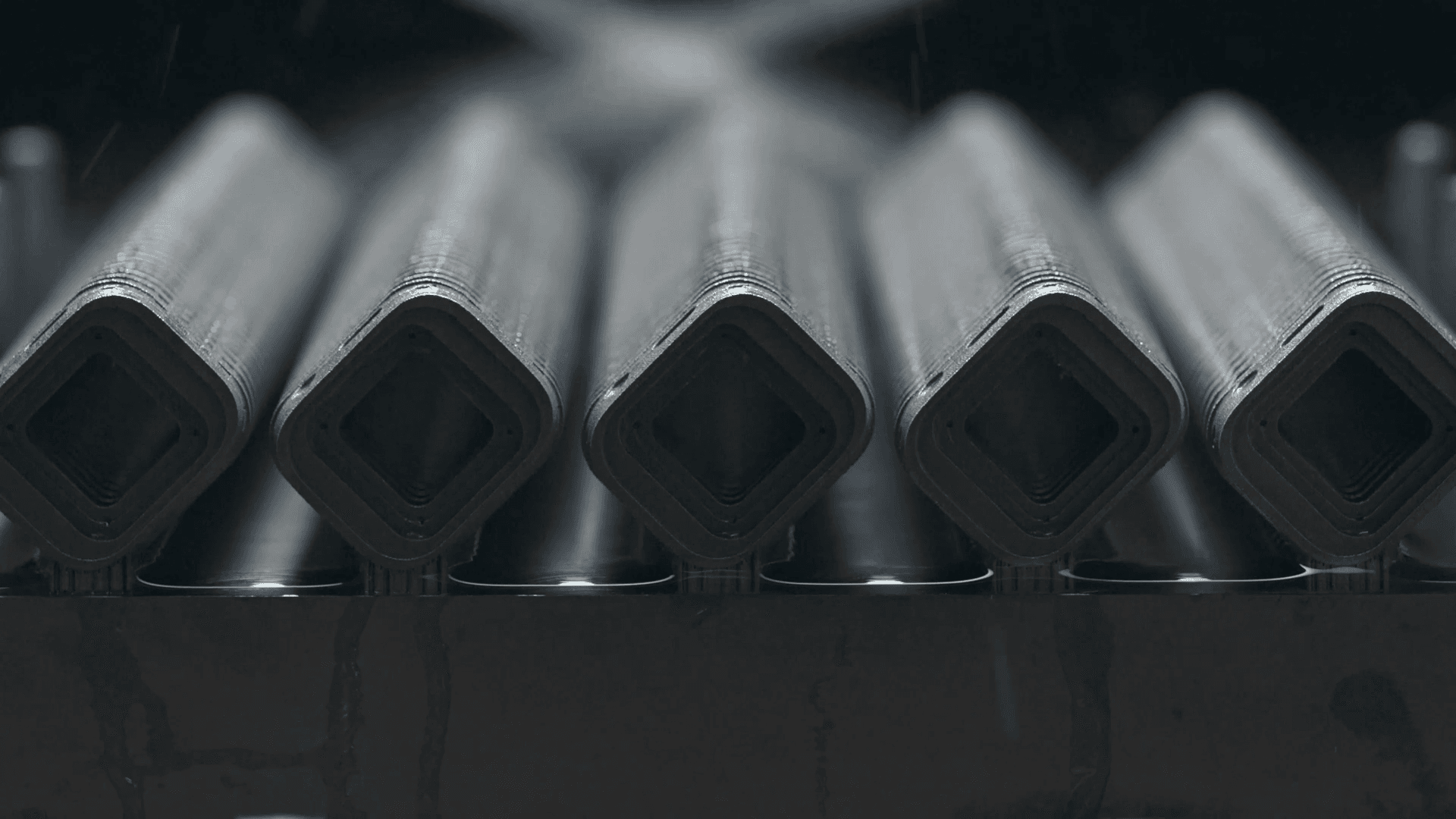Apple just pulled back the curtain on one of its most impressive manufacturing breakthroughs. The company's been quietly 3D printing millions of Apple Watch cases using recycled titanium powder and high-powered lasers - a process that's cut raw material usage in half while pushing the boundaries of mass production additive manufacturing.
Apple just revealed the manufacturing secret behind its latest watches - and it's straight out of science fiction. The company's been 3D printing millions of Apple Watch cases by blasting recycled titanium powder with precision lasers, layer by microscopic layer.
If you hold an Apple Watch Ultra 3 next to its predecessor, you'd never guess they were made using completely different manufacturing processes. But according to Apple's latest technical disclosure, both the Ultra 3 and Series 11 represent a manufacturing revolution that's been hiding in plain sight.
The process sounds almost alchemical. Apple starts with 100% recycled titanium powder that's been specially treated to reduce oxygen content - because apparently, regular titanium powder has an unfortunate tendency to explode when exposed to the high heat needed for 3D printing. Each watch case requires over 900 individual layers, with each layer measuring just 60 microns thick. To put that in perspective, a single human hair is about 70 microns wide.
The environmental impact is staggering. By switching from traditional subtractive manufacturing - where you essentially carve a watch case out of a solid block of titanium - to additive 3D printing, Apple has slashed raw material usage for watch cases by 50%. That translates to an estimated 400 metric tons of titanium saved this year alone.
But the real story isn't just about watches. Apple has also applied this same laser-titanium fusion process to manufacturing USB-C ports for the iPhone Air, according to previous reporting from The Verge. While the company isn't ready to 3D print entire iPhone chassis yet, the writing's on the wall.
"We're never doing something just to do it once - we're doing it so it becomes the way the whole system then works," Sarah Chandler, Apple's VP of environment and supply chain innovation, revealed in the press release. That's corporate speak for "this is just the beginning."
The technical challenges are immense. Balancing speed and precision at Apple's scale means perfecting a process where microscopic titanium particles must be fused together with laser precision, over and over, nearly a thousand times per watch case. The margin for error is essentially zero when you're talking about millions of units.




